How to buy an emerald?
The emerald : the stone that makes dream even more than the natives of May!
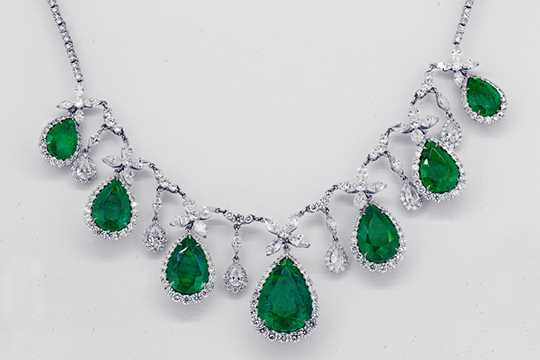

How to buy an emerald?
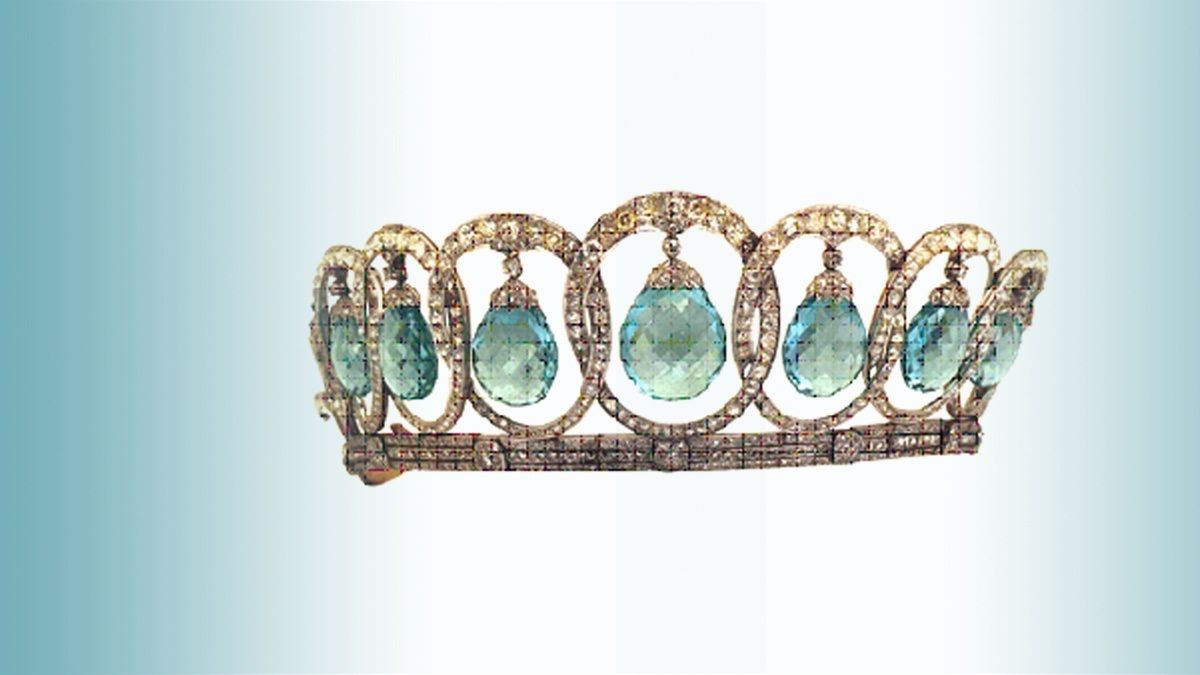
Birthstone of March, its color is reminiscent of the ocean and goes from blue to blue-green.
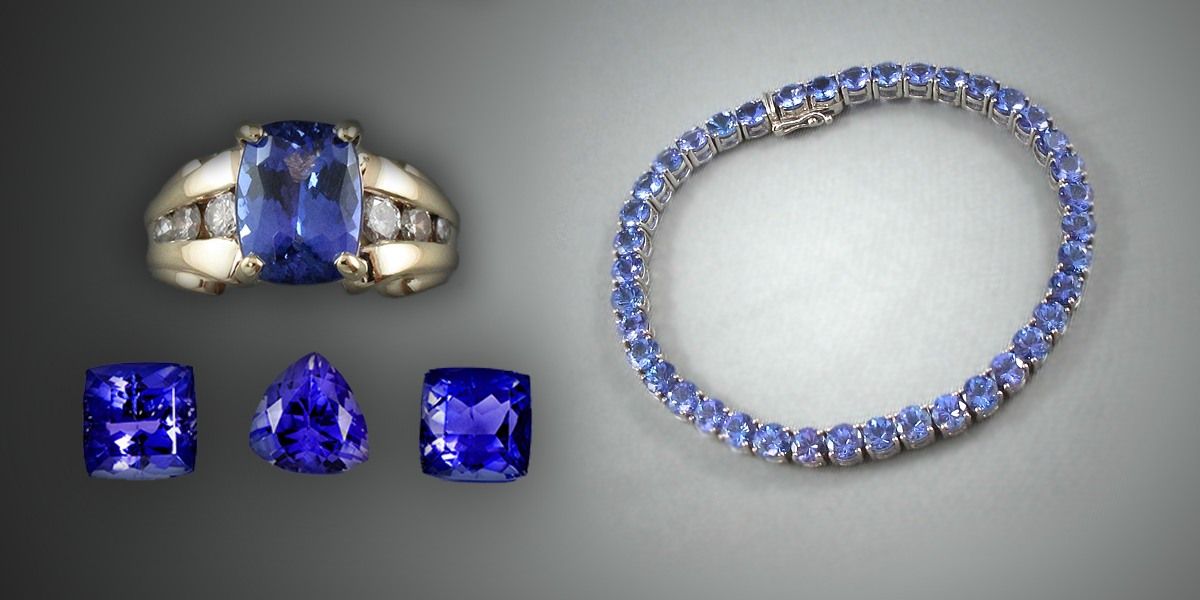
Since 2002, tanzanite has been added as a birthstone of December. It sits with two other more traditional blue stones: turquoise and zircon. Discovered in 1967 near Mount Kilimanjaro in Tanzania, to date, it is rarer than diamonds. The geological conditions are so unique in this East African country that the chances of finding another
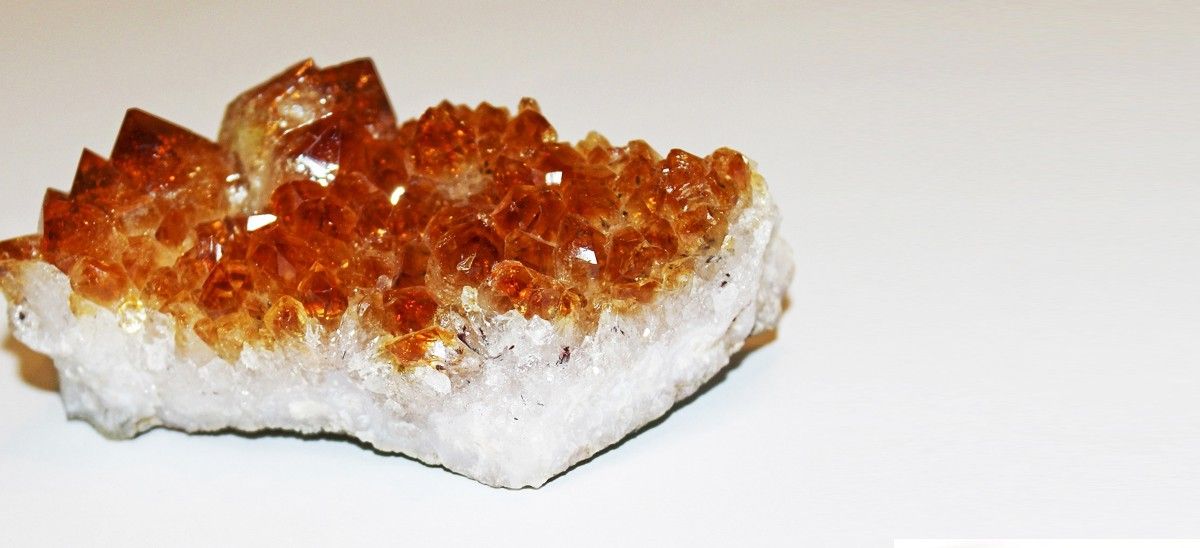
Citrine is the stone of the November natives. It is part of the great family of quartz, as well as amethyst, tiger’s eye, agate, onyx, etc. The name, from the Latin citrus, refers to lemon.
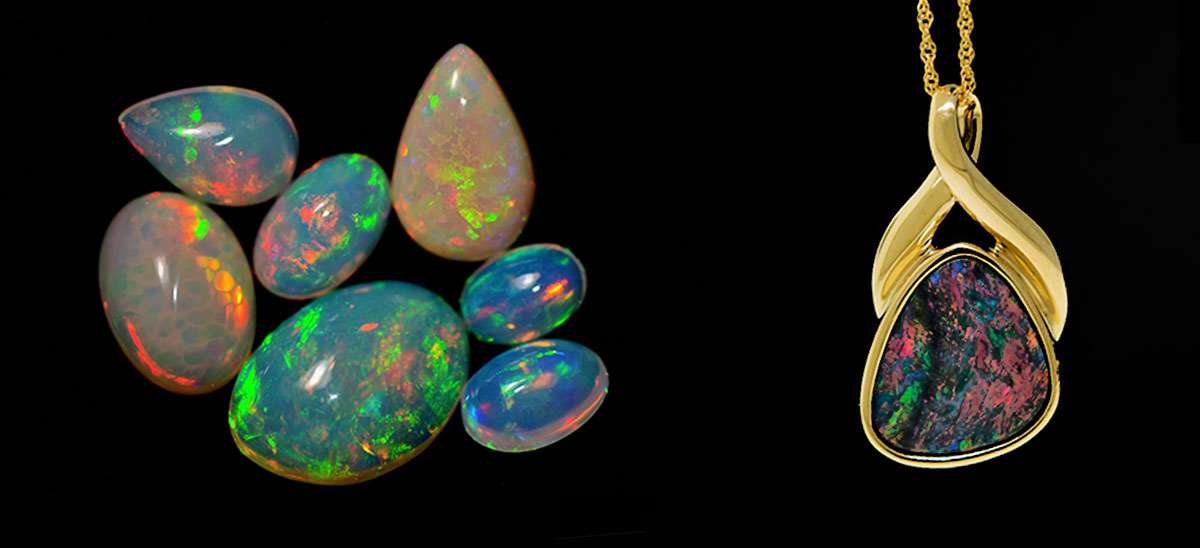
Birthstone of the October natives, the opal is a unique and mysterious stone characterized by the play of colors with iridescence.

Natives’ stone of September, sapphire remains the most affordable gems. From Antiquity to the Middle Ages, the term sapphire (from Hebrew sappîr) meant various blue stones, but especially lapis lazuli.
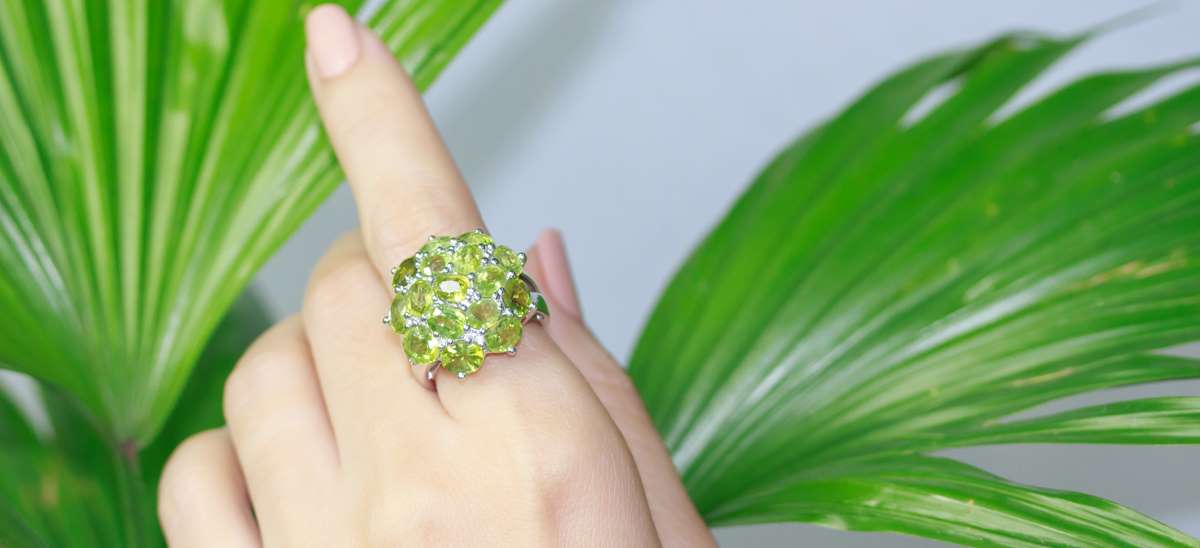
Cleopatra’s favorite stone, we know the Egyptians used it in the ornamentation of jewelery.
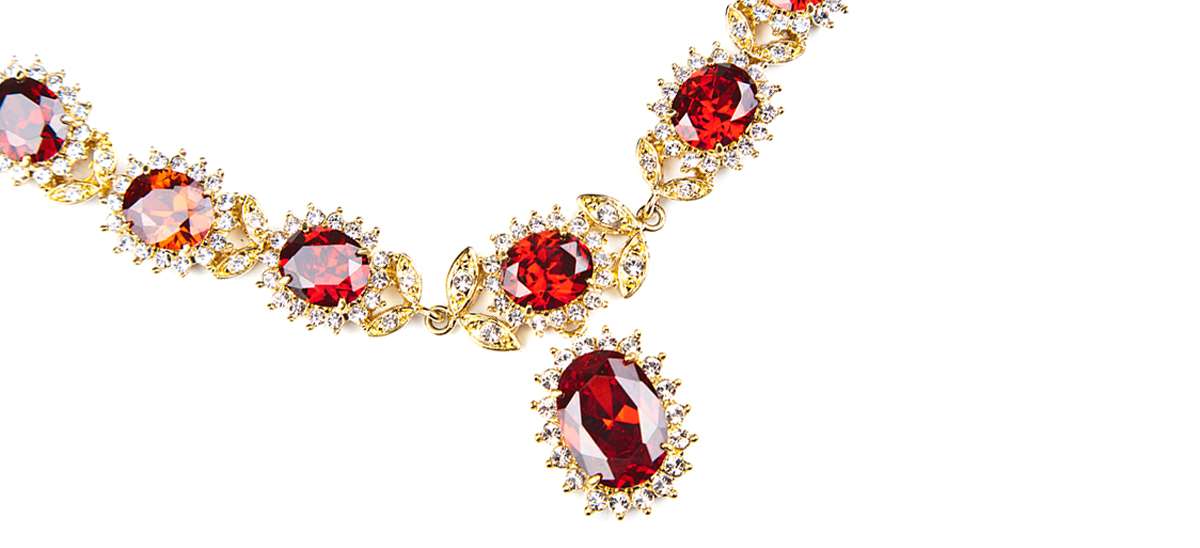
Birthstone of the native of July, the word ruby comes from the Latin “ruber” which means red. The redness of the ruby represents the inner flame and the eternal love.
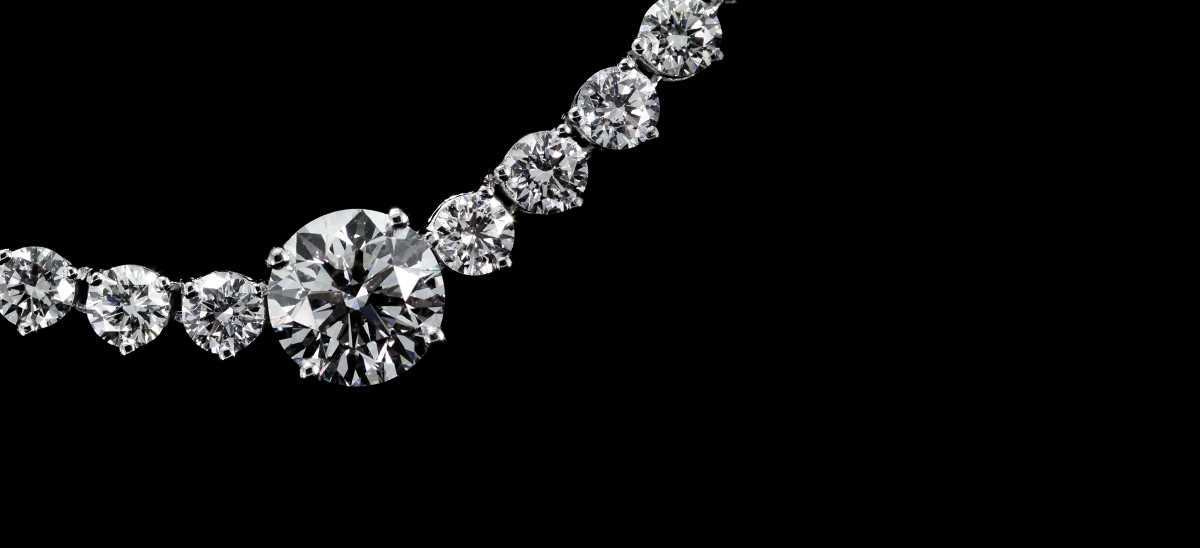
You need a professionnal to get an evaluation of you diamond. He will need to have the knowledge, the equipments and the willingness to accompany you in this important step.
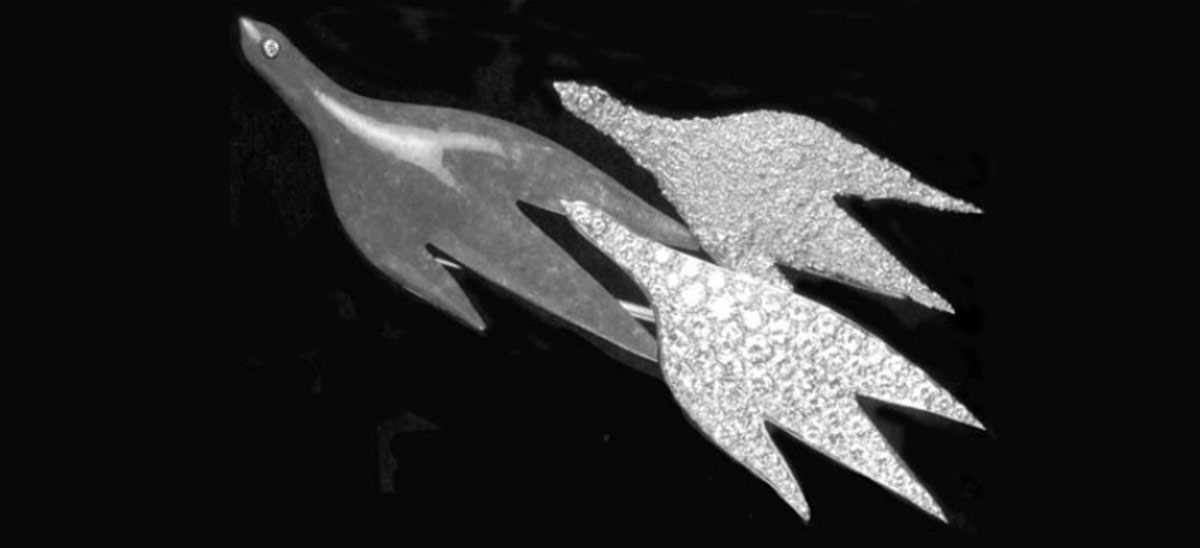
Between 1930 and 1960, the West experienced remarkable technological advancement and immense social awakening. As a decorative art, jewelery has never been a pioneer of cultural change, but many jewelers of that era echo the changing social customs by exploring their art as a means of expression and even questioning the symbol of wealth that jewels represent.
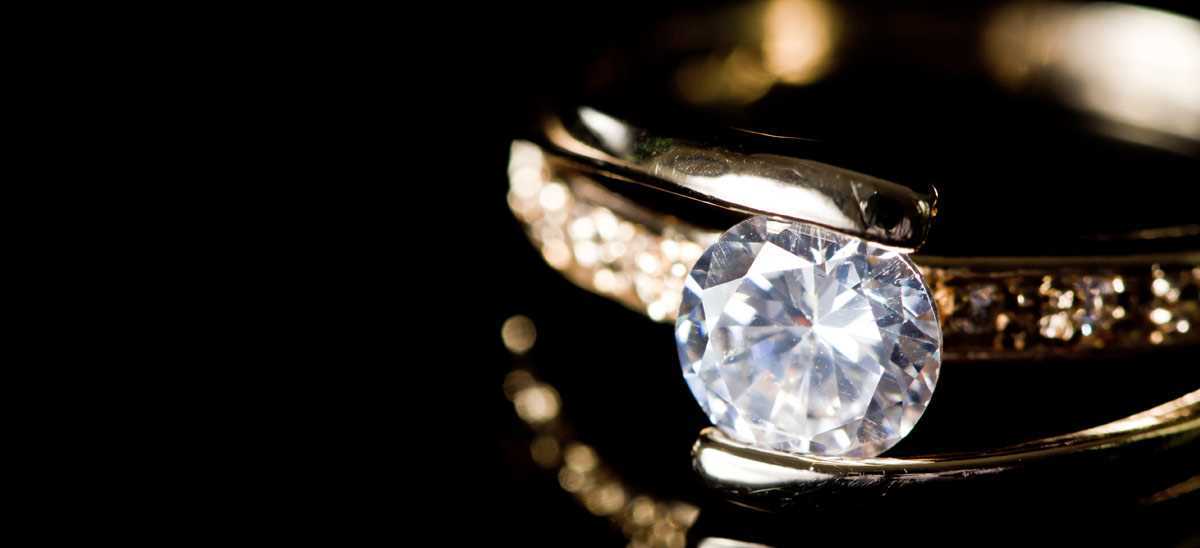
Along the long road of knowledge, the diamond accompanies the history of science at the same time as that of men. A Hindu manuscript of the fourth century BC mentions the characteristics of a gem that can be said to relate to the diamond. In the first century CE, Pliny the Elder calls it adamas, which means indomitable, indestructible. Formed of carbon that crystallizes with particularities called inclusions, the diamond is sometimes colorless, sometimes colored. The unit of weight is the carat, equivalent to 0.20 grams. Once cut, it shines and fascinates for centuries.
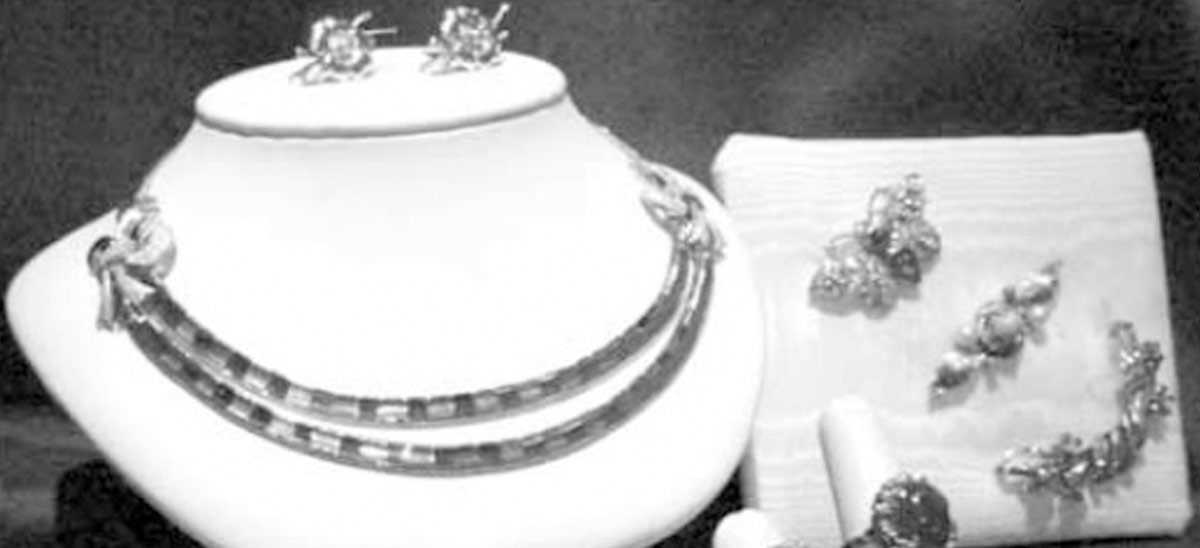
This time is not conducive to the manufacture of luxury goods. We reserve the platinum for the war effort, we ration the money, we even forbid at times the gold trade. We must reduce the use of metal: the jewel of the 1940s will be light or sometimes even hollow parts.

While they have always fascinated people and helped shape history, it was especially in the Victorian era that they became more popular.
In 1837, Queen Victoria inaugurated what would be the longest reign in British history. For 64 years, from 1837 to 1901, it symbolized the expansion and triumph of the British Empire. This empress of the Indies, Queen of Great Britain and Ireland, whom the people will see at first young woman and whom it will then follow until its very old age, is “haughty, passionate about pretty things, extremely cultivated about all the styles of time. She influences the way of life, among others by her taste and her immense love of jewels.

The beginning of the 20th century, a period of great upheaval The 1900s are the Paris World Fair, the first flight of Brother Wright, the Scheherazade ballet of the Russian Serge de Diaghilev, the invention of the automobile by Henry Ford, the creations of the architect Frank Lloyd Wright , the new painting by Gustav
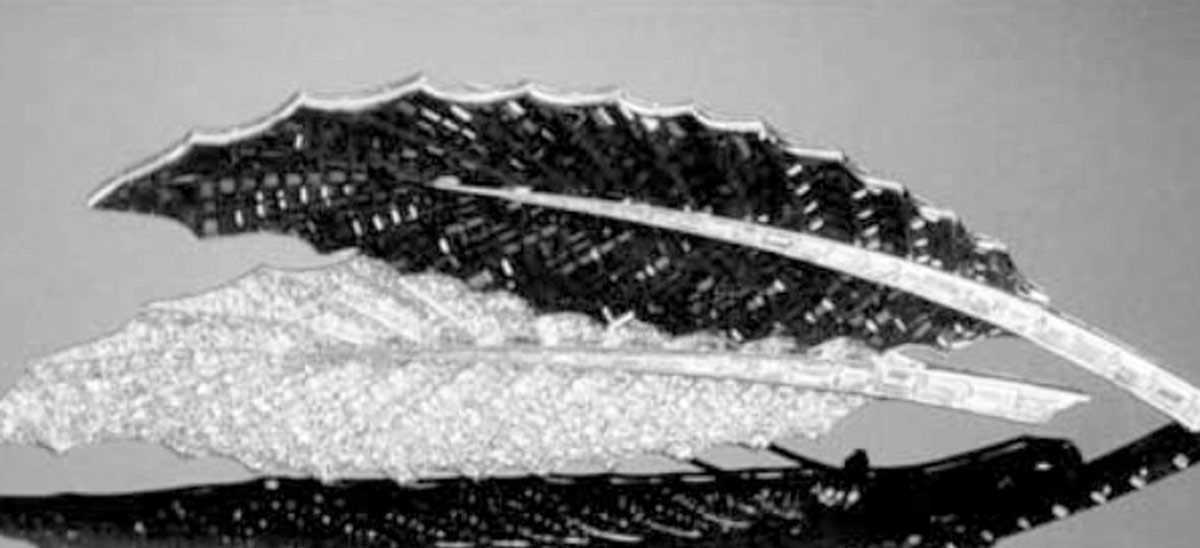
Art Deco, a decidedly modern style Art Deco, which takes its name from the International Exhibition of Decorative Arts held in Paris in 1925, is a decidedly modern style. Its peak is between the two world wars. This movement feeds on several sources: cubism with its geometric forms, of which Georges Braque and Pablo Picasso

Second Hand Jewelry – How to Determine Fair Market Value A second-hand jewel is a jewel that has already had an owner. Knowledge of the used jewelry market requires state-of-the-art training and expertise. Several criteria are to be analyzed. Here are a few : Metal and manufacturing What type of metal was used for manufacturing?
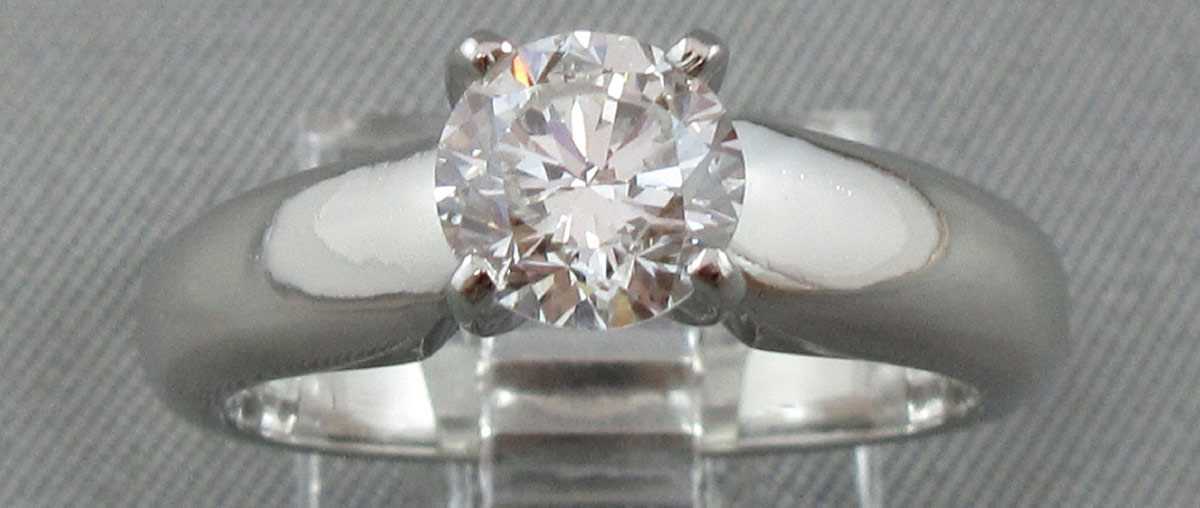
The film ‘Blood Diamond’ talks about jewelers, film critics and the general public. But what is a blood diamond? It is a diamond sold illegally by rebel groups to finance civil wars in some African countries, such as Sierra Leone, Angola, Botswana, the Democratic Republic of Congo, etc. No one can deny that over the

On the market, there are natural stones (found in nature) or synthetic stones (made in the laboratory). When making a purchase, the main selection criterion is color. The rubies, sapphires and emeralds are very often treated to improve this famous color and also the transparency … The intensity of the treatments (heating, irradiation, filling) comes
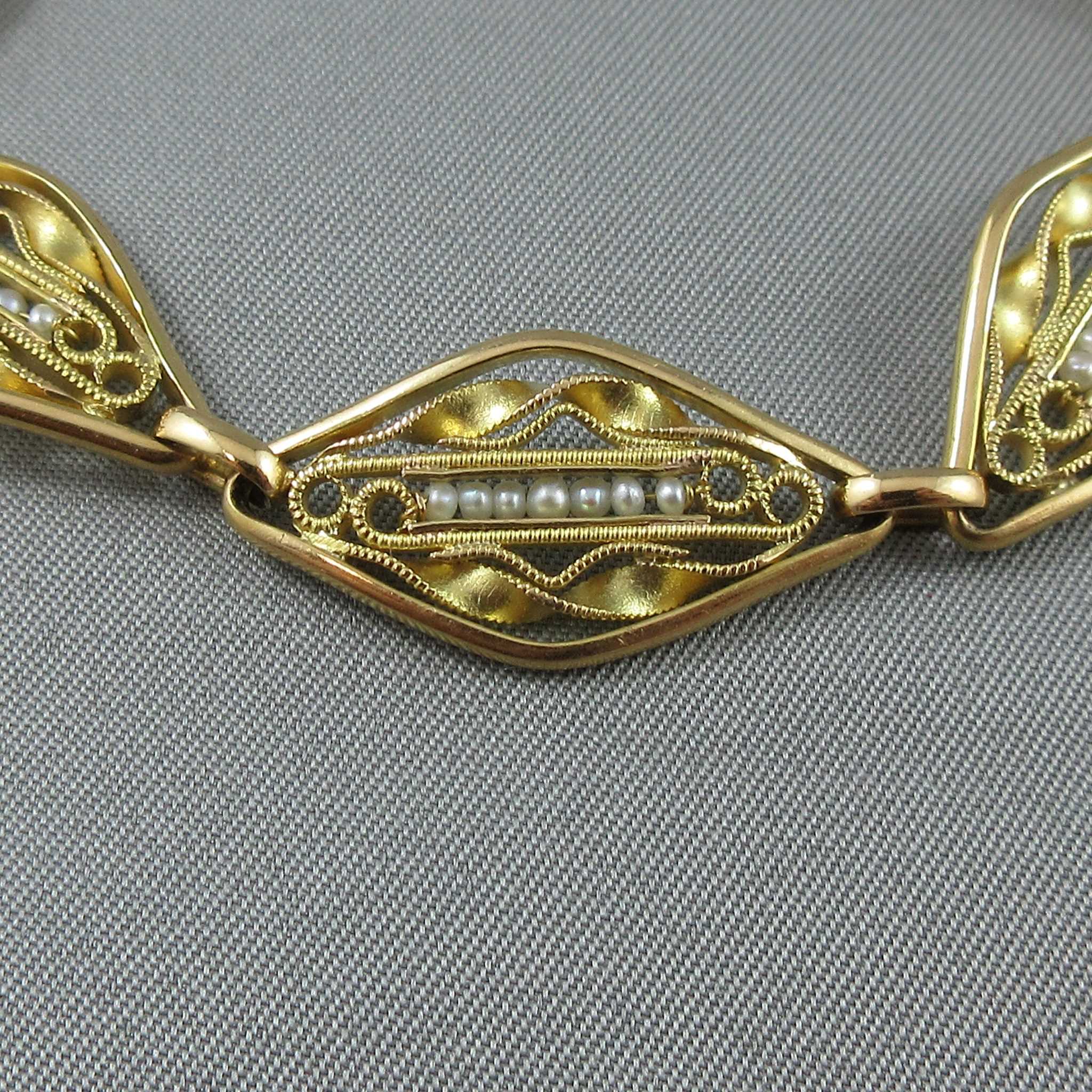
Between 1930 and 1960, the West experienced remarkable technological advancement and immense social awakening. As a decorative art, jewelery has never been a pioneer of cultural change, but many jewelers of that era echo the changing social customs by exploring their art as a means of expression and even questioning the symbol of wealth that jewels represent …
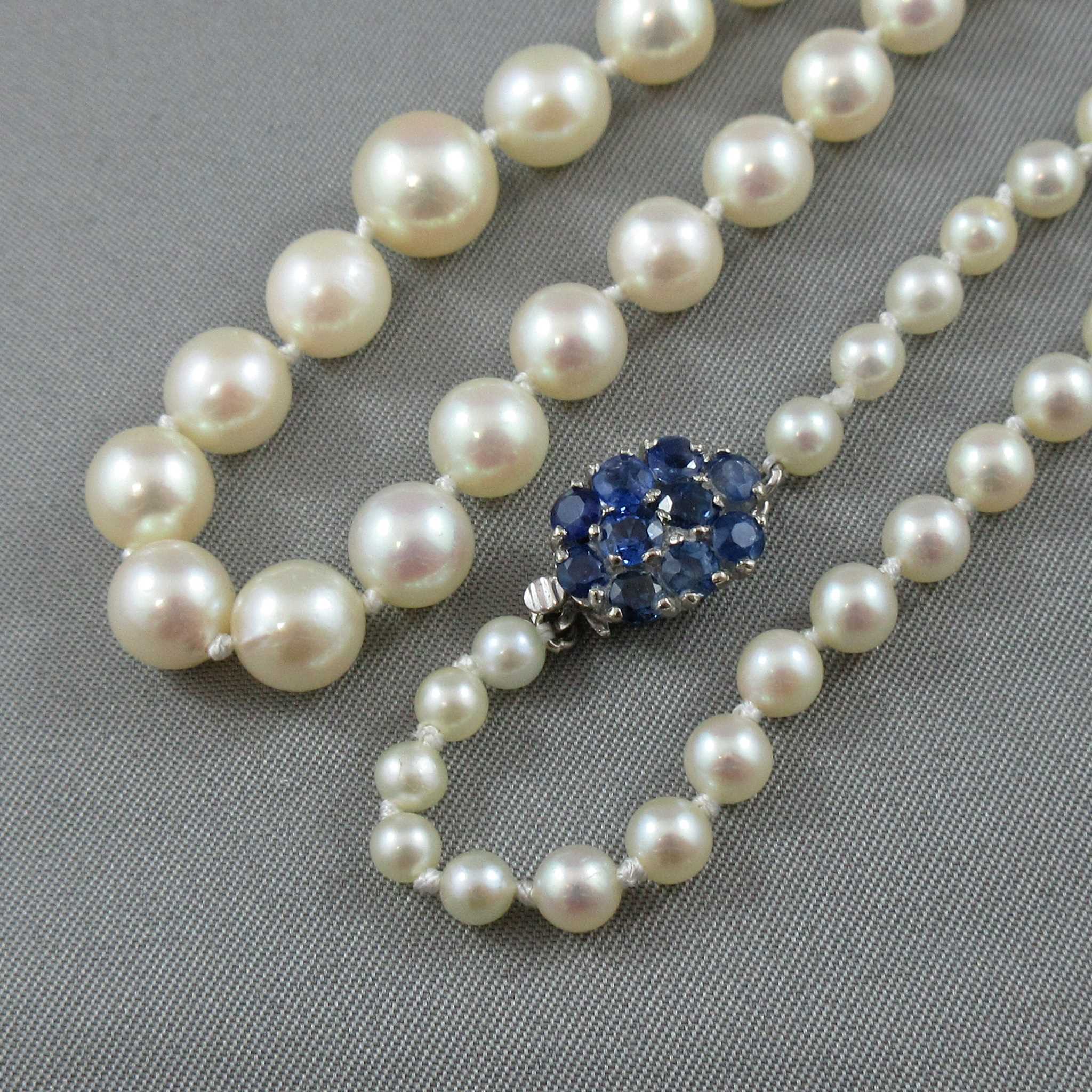
It is a pearl whose formation has been caused by man. In salt water, an incision is made in the flesh of the oyster and then introduced a single core of mother of pearl accompanied by a piece of epithelial tissue. In freshwater, several pieces of epithelial tissue are deposited on the flesh of the mussel. Regardless of the type of mollusc, it secretes a material composed of aragonite and chonchyelin that deposits in concentric layers to create a pearl.